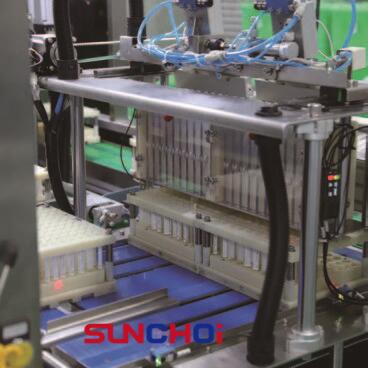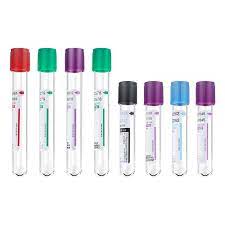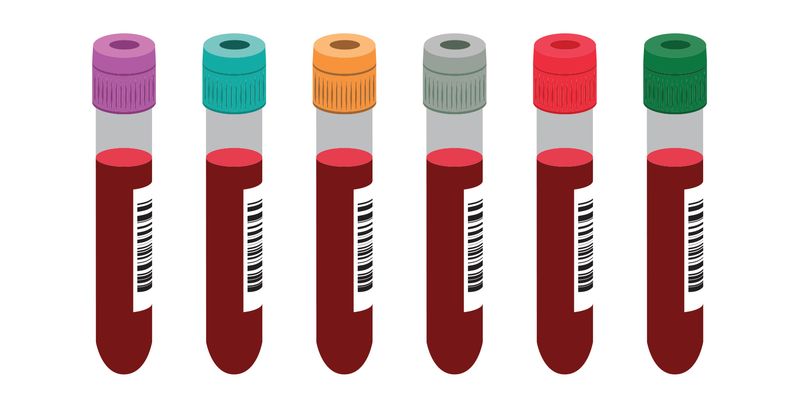In medical consumables manufacturing, precision, efficiency, and reliability are paramount. Each step in the production process plays a critical role in ensuring the safety and efficacy of medical products, with blood collection tubes being a cornerstone in diagnostics, research, and patient care. The integration of automation technology into blood collection tube filling lines has not just emerged but surged as a transformative force, revolutionizing how these essential medical devices are manufactured. In this blog post, we delve into the significance of automation technology in blood collection tube filling lines and its profound impact on the medical consumables industry.
**Understanding Blood Collection Tube Filling Lines**
Blood collection tube filling lines are intricate systems designed to precisely fill tubes with specified volumes of additives, such as anticoagulants or preservatives. These tubes are vital in various medical procedures, including blood tests, disease diagnosis, and biomedical research. The accuracy and consistency of the filling process are critical to ensure reliable test results and maintain the integrity of patient samples.

**The Evolution of Automation in Medical Consumables Manufacturing**
In recent years, the medical consumables manufacturing industry has witnessed a paradigm shift with the adoption of automation technology. For instance, automated systems have revolutionized production processes in blood collection tube filling lines, offering unparalleled precision, speed, and efficiency. These systems, such as [specific automated system], have enabled manufacturers to streamline operations, enhance product quality, and meet the growing demand for medical consumables.
**Key Features and Benefits of Automated Blood Collection Tube Filling Lines**
1. *Precision and Accuracy*: Automation technology allows for precise control over the filling process, ensuring consistent volumes of additives in each tube. This level of precision minimizes variability and reduces the risk of errors, ultimately enhancing the reliability of diagnostic tests and research outcomes.
2. *Increased Efficiency*: Automated filling lines operate faster than manual processes, enabling manufacturers to meet production targets and customer demand more effectively. Automation technology optimizes resource utilization and efficiency by minimizing downtime and maximizing throughput.
3. *Quality Assurance*: Automated systems incorporate advanced sensors and monitoring devices to ensure quality control throughout production. Real-time data analytics enable early detection of deviations from specifications, allowing for prompt corrective action and maintaining product quality and compliance with regulatory standards.
4. Labor Savings: By automating repetitive tasks like tube filling and sealing, manufacturers can reduce their reliance on manual labour and reallocate resources to more value-added activities. This lowers labour costs and minimizes the risk of human error, improves workplace safety by reducing the need for manual handling of potentially hazardous materials, and enhances product quality by ensuring consistent filling and sealing processes.
5. *Flexibility and Scalability*: Modern automated filling lines are designed to accommodate a wide range of tube sizes, configurations, and production volumes. This scalability enables manufacturers to adapt to changing market demands and scale their operations efficiently to meet evolving customer needs.
**The Future of Blood Collection Tube Filling Automation**
As technology continues to evolve, the future of blood collection tube filling automation holds not just potential, but immense potential for further innovation and optimization. Emerging technologies such as machine learning, artificial intelligence, and robotic automation are not just poised, but primed to revolutionize the manufacturing landscape, offering new possibilities for process optimization, predictive maintenance, and intelligent decision-making.
Machine learning algorithms can analyze vast amounts of production data to identify patterns and optimize process parameters, leading to continuous improvements in efficiency and product quality. AI-driven predictive maintenance systems can anticipate equipment failures before they occur, minimizing downtime and maximizing equipment uptime.
Moreover, integrating robotics and automation technology can enable autonomous operation and adaptive control, allowing filling lines to adjust dynamically to changing production requirements and market conditions. This level of flexibility and agility is essential for staying competitive in the fast-paced medical consumables industry.
**Conclusion**
In conclusion, automation technology has emerged as a game-changer in medical consumables manufacturing, particularly in blood collection tube filling lines. By leveraging automation technology, manufacturers can achieve unprecedented levels of precision, efficiency, and reliability in production, ultimately enhancing patient care and advancing medical science.
As we look towards the future, continued investment in automation technology and innovation will be essential and crucial for driving further advancements in medical consumables manufacturing. By embracing automation, manufacturers cannot only stay ahead of the curve but lead the way, meet the growing demand for medical products, and significantly contribute to advancing healthcare worldwide.
Blood collection tube line


